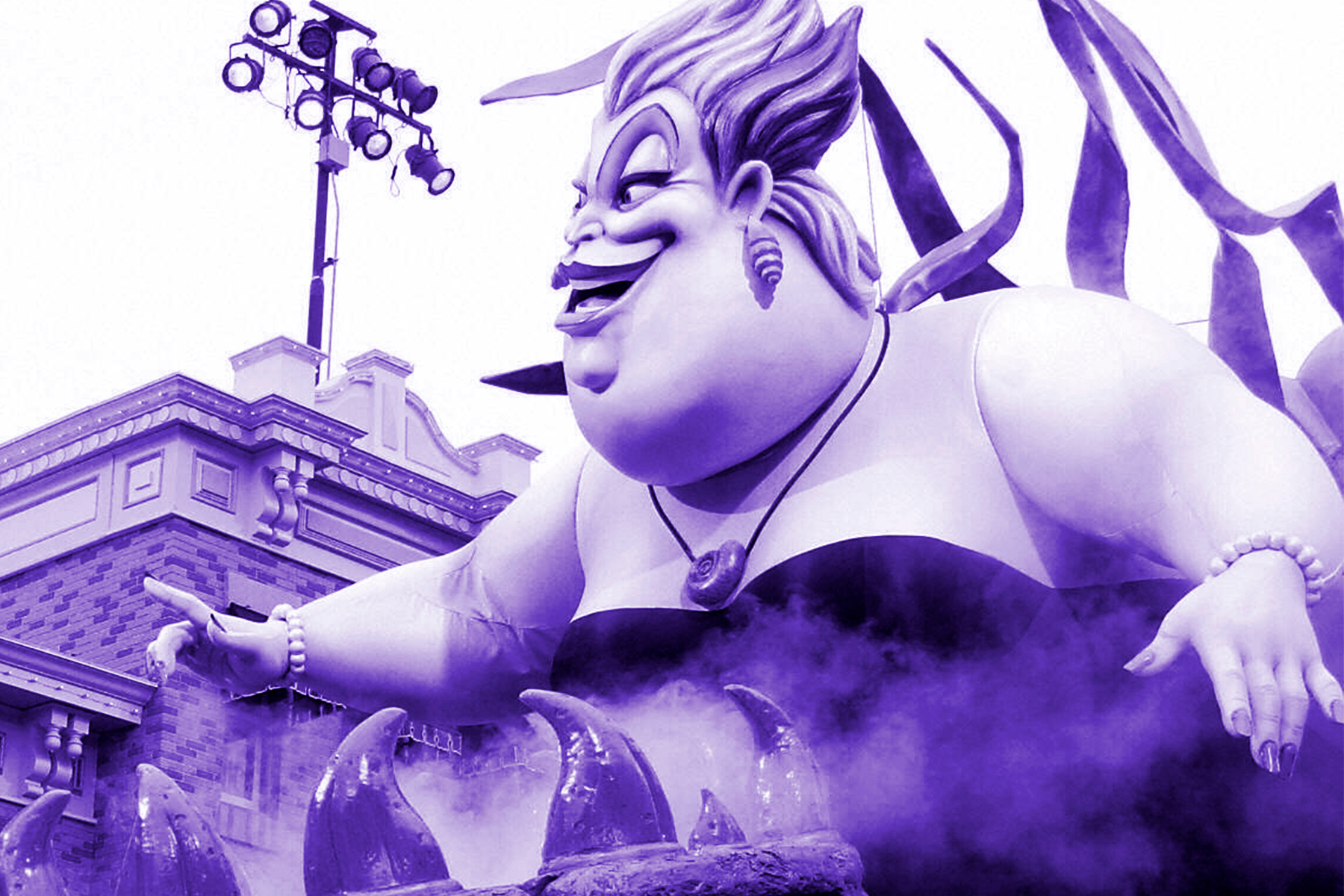- Home |
- Search Results |
- The overdue rise of the unlikeable female protagonist

When I was six, I was terrified of a girl in the local playground. You know the girl I mean: she used to swing upside down from the top of the climbing frame, and picked gravel out of her knee with an insouciant flick of the wrist. Once, she kicked a football into a tree to knock down a birds’ nest, and then, plucking an egg from the nest, crushed it in her bare hands. I both feared and respected her. The day when she launched herself, pigtails swinging, towards me on the monkey bars, I dangled, mesmerized. Was she really about to push me to the ground? Yes, she was – and you know, the whole time, I was rooting for her.
When writing my second novel, Belladonna, this pigtailed tyrant came back to me. I was reflecting on what makes us, as readers, want to champion an unlikeable character. I don’t necessarily mean the charismatic actor of chaos, whose villainous machinations makes things happen, but rather, the truly unlikeable: the slobby, mean-spirited, petty narcissists, the bullies and bad-breathed.
Dig through any reviews of Ottessa Moshfegh's Eileen, or Emma Jane Unsworth's Animals, and you’ll find readers expressing their disappointment and horror, even disgust, at how little they liked the protagonist. The quirks permitted to fictional women fit between tramlines, and span from clumsiness to over-protectiveness, maybe a dash of ambition; anything outside of those tramlines is aberrant, repugnant. The structures that socialise women prize affability, accommodation, yieldingness, a desire to please. And there’s a certain kind of moral squeamishness associated with female characters who shrug off those expectations.
‘Unlikeable male character’ is not a phrase I’ve come across often. And yes, many objectively horrible male characters – Victor Frankenstein, Tom Ripley, Hannibal Lecter – do have a subtle charm. But male interiority, in all its complexity, is culturally considered universally fascinating, deserving of an audience, even at its most mundane or scatological. And yet, the same grace is rarely extended to female characters, or even memoirists.
Villainous and unlikeable fictional characters are often doused in queer coding implied by their otherness, their marginalisation a nebulous implication of their unwholesomeness. There’s an extra splash of misogyny for the queer-coded female villains; think of Nurse Ratched or Mrs Danvers.
In some cases though, this has been reincorporated into a glorious reclamation of the LGBTQ+ villains of our youth; Disney’s Ursula the Sea Witch is a queer icon whose glamour, flamboyance and proficiency with contract law is a drag favourite.
When writing Belladonna, I was aware that writing an unlikeable female character who is also queer requires a delicate touch. Yes, she loves a woman. Yes, she’s unlikeable. And those two things have no more connection to each other than any selfish teenager who decides they are entitled to another person’s attention. As John Waters said, ‘lesbian mothers have the same right to be bad parents as straight ones do’.
Happily, we’re living in something of a renaissance of unlikeable female characters. From Alison in Blood Orange to Ayoola in My Sister the Serial Killer, the unlikeable woman is having her moment. Rachel Watson in The Girl on the Train drinks too much and wets herself, and we still cheer her on. Vain, vindictive Amy has been rehabilitated in Greta Gerwig’s Little Women. They are slovenly and spiteful, and their stories are still being told.
Narratives that allow women to be unkempt, frivolous, sullen, are a way of opening up interior space
But how do you empathise with someone if they’re unlikeable?
Lately, whenever I ponder that question, I think of the ghoulishly uncanny image of Jared Kushner and Ivanka Trump standing in the window of Buckingham Palace. I think the reason that image keeps coming back to me is the inhumanness of it – the leap of imagination it would take to relate to their foibles and angst feels beyond my abilities.
To empathise with someone, even an unlikeable person, we have to feel connected to their humanity. That’s the role of the skilled author and storyteller; to create enough vulnerable space in a character so that we, as observers, can pour ourselves into their desires. This is part of the reason we actively want Ripley to succeed, even while he’s scamming his way across Europe. This is also the reason we love Obama for admitting to a cheeky cigarette, or praise models for uploading pictures of their acne on Instagram. The secretive Jareds and Ivankas of the world resist the authenticity narrative, and when they do, the empathy door closes.
Women, particularly BIPOC and LGBTQ+ women, have historically had a harder fight for their stories to be seen and heard, for their joy and suffering to be considered ‘universal’ human experiences. But narratives that allow women to be unkempt, frivolous, sullen, are a way of opening up that interior space, without having to play the booby-trapped authenticity game. When writers explore those stories, it helps to wear away at the stereotypes and ‘model minority’ templates that obstruct the glorious, relatable messiness of being human.
It’s why I can’t help but cheer when a beribboned despot raises her hands in the playground, if only to crush the world in her bare fists.